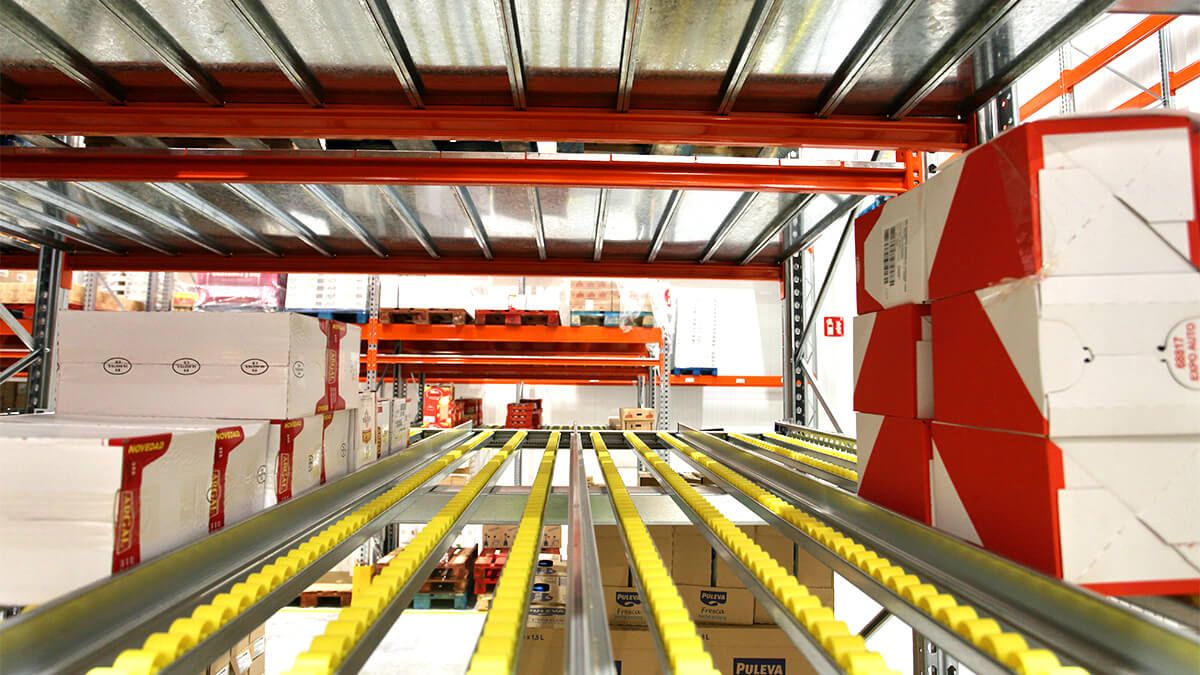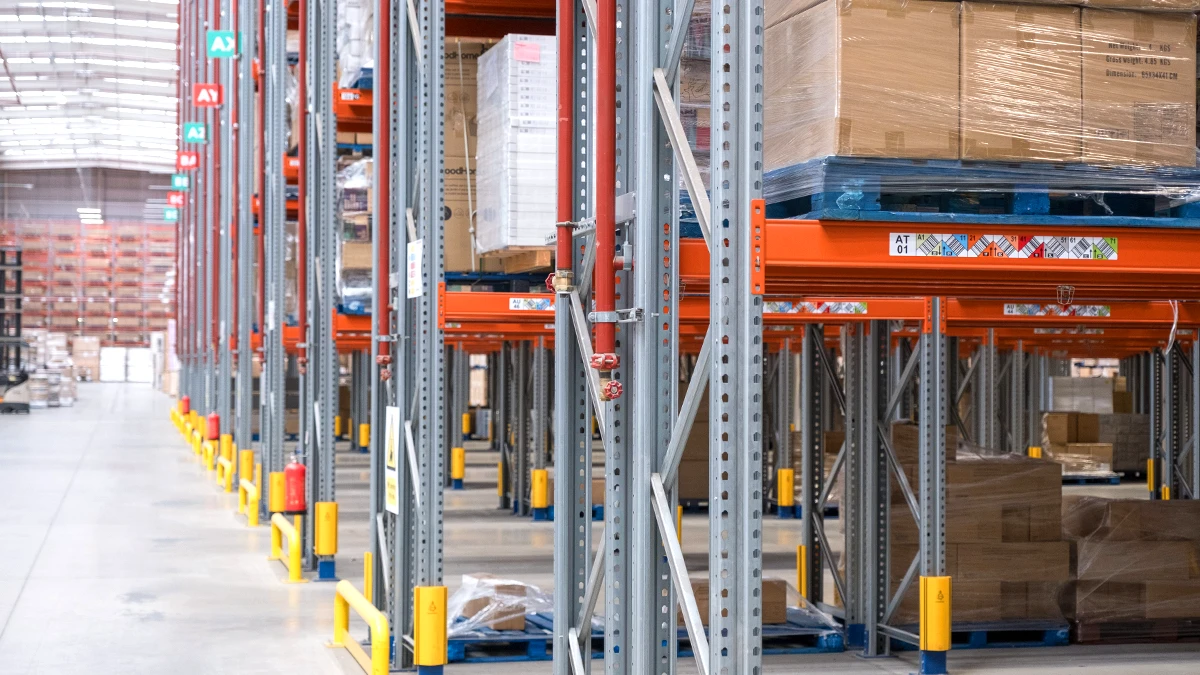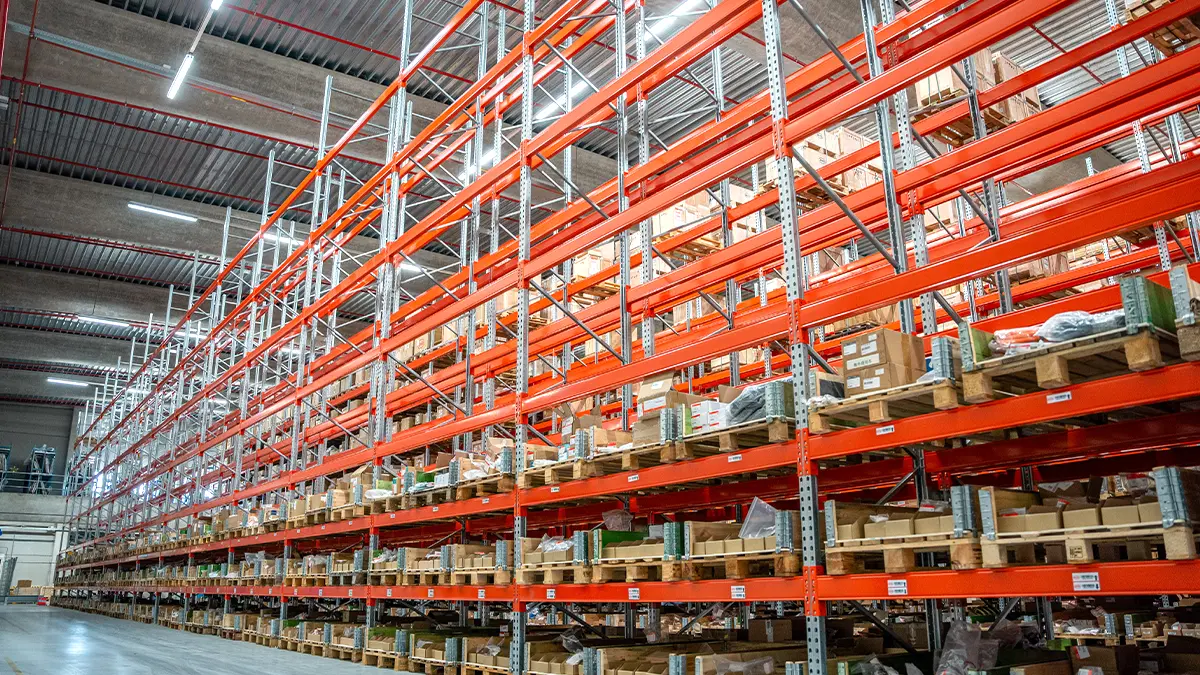A stockout is defined as the inability of a company to meet a certain level of demand from a customer, due to not having those goods in its warehouse stock.
A stockout is one of the problems that a company can suffer in its supply chain, and may be due to poor internal planning or reasons beyond the control of the company and that are difficult to anticipate.
It is a serious problem for companies, particularly during these unstable times, and which apart from resulting in an economic loss due to unprocessed orders, also has a negative impact on the company’s image and customer loyalty.
We will therefore analyse the main reasons why a stockout occurs in a warehouse, the resulting consequences and detail the best practices to be implemented to avoid or minimise the risk of it occurring.
Common reasons for a stockout in a warehouse
There are many reasons why a stockout can occur, arising from internal aspects of the warehouse or the company that could have been planned better or external aspects beyond the control of the company.
Some of the most typical reasons are as follows:
Unforeseen growth in demand
This is a virtually impossible situation to predict as it is due to sudden fluctuations in demand, caused by social or market changes. An example of these unforeseen increases in demand could be health and hygiene products at the start of the global pandemic.
Also, stockouts due to the unexpected success of a specific product, or the unexpected increase in sales of products whose raw material has risen in price and customers who have decided to stockpile taking advantage of the current sales price. In these cases, it is very difficult to avoid a stockout in the warehouse.
Internal error in forecast demand
In this case, we focus on the responsibility and capacity of the company’s logistics area to correctly plan and forecast future demand.
Taking into account previous years’ data, and statistical and forecasting tools, a plan must be defined to avoid a stockout in the warehouse, correctly defining the safety stock and reorder point of each item. Special attention must be paid to those products with a high turnover in the warehouse.
Errors in its planning may lead to a temporary stockout or even lengthy stockout situation if not corrected.
Lack of communication between different areas of the company
As with other aspects of the company, communication between the different areas of the company is key, to avoid a stockout. The logistics department will be the focal point for ensuring smooth communication with all other departments.
Although a stockout is also common due to poor communication between the commercial or sales area and the purchasing area, closing the initial orders for an excessive number of units of an item, without having closed the purchase of them first.
Problems in previous phases of the supply chain
The supply chain is a complex network of different companies and phases, in which any problem at any previous stage can directly affect the subsequent ones.
A stockout in a warehouse can arise due to problems in the initial raw material supply phase, failures in the production chain of the goods or problems in the transport of the goods from the point of manufacture to the warehouse.
Failures by suppliers
Even perfectly planning demand and with internal communication between the different areas, we may still suffer a stockout due to a failure by suppliers.
They may be failures in the delivery periods with a delay or a failure in the agreed amounts with fewer units arriving.
Poor choice of stock management method in the warehouse
In particular, those inventory management methods that aim to optimise and reduce warehouse inventory or stock are at greater risk of suffering a stockout, such as the Just in Time method.
These methods have the advantage of greatly reducing storage and handling costs, but stockout risks with any minor imbalance in planning are very high.
Internal errors in inventory management
In stocktaking, human or computer errors that distort stored goods data may arise and end up leading to a stockout.

The importance of safety stock and the reorder point
The terms safety stock and reorder point (ROP) are very closely related to stockout, as correctly defining both will go a long way to preventing a stockout from occurring.
On the one hand, safety stock is the amount of goods that must be kept stored to cover any unscheduled variations in the demand or supply of orders, and therefore avoid a stockout.
On the other, the reorder point refers to the maximum stock level, which indicates to us that a new order must be placed to avoid a stockout.
Major risks and consequences of suffering a stockout in the warehouse
Clearly, a stockout is a serious problem for a company, but beyond the obvious losses there are secondary consequences that will negatively affect the company.
Below we break down the main risks and problems resulting from suffering a stockout in a company’s warehouse or distribution centre:
Lost sales
The most direct and obvious consequence is the loss of unrealised sales for not having the product demanded. In the short term, this may be the main problem, as it will directly affect the company’s economic stability.
Possible losses due to compensations for committed orders
If the stockout in the warehouse prevents the company from fulfilling orders already contracted and committed, it is likely that apart from the loss of unrealised sales, it will have to assume an extra cost of indemnifying or compensating the customer for not fulfilling its obligations.
If the stockout is resolved, but the order arrives with a delay, the customer may also have to be compensated for this.
Customer satisfaction and possible loss
In the medium term, the most serious problem that can arise from a stockout is loss of customer confidence and satisfaction.
If the company is unable to meet the customer’s requirements, it will be forced to look for the product from a competing company. If satisfied by the competitor’s service, the customer may be lost forever.
Consequently, the consequences of a stockout mean economic losses in the present and potential losses in the future.
Damage to the credibility and reliability of the brand
Another matter related to satisfaction is the loss of credibility that our company will suffer when failing to fulfil closed orders and not being able to meet customer expectations.
An occasional failure with a stockout can cause long-term damage to the brand image, and it will take time, with a correct functioning and completion of deliveries and deadlines, for this to be rectified.

Tips to avoid or prevent a stockout
Knowing now the main causes of a stockout, and the serious consequences that this can have for the operation of the warehouse and stability of the company, we will focus on the key elements to monitor to reduce the risk of a stockout:
Safety stock
As previously mentioned, this is the level of stock stored to cover unforeseen events, changes in demand, delays in the shipments of suppliers, etc. Correctly defining this stock level can prevent a stockout in these circumstances.
Optimal lot size
The optimal lot size refers to the correct amount of goods to be requested every time an order is placed to optimise it. In other words, placing large orders to streamline the fixed costs of each order, but considering the storage costs of having those goods in the warehouse.
If it is a product at high risk of suffering a stockout due to its characteristics, it may be advisable to increase the order lot, even assuming a higher storage cost.
Reorder point (ROP)
Apart from quantity, it will be necessary to define the period and frequency with which we are going to request orders from suppliers. As with the optimal lot size, a balance is sought between placing the fewest possible orders to reduce costs, but without placing orders that are too large that would mean having too high a stock level in the warehouse.
Communication and relationship with suppliers
Avoiding a stockout in the warehouse will not only depend on our company, the role of suppliers will have a direct effect too. Any delay, cancellation or setback that suppliers suffer will directly affect our company’s stock.
Suppliers will therefore be selected carefully based on their response capacity, flexibility and delivery periods. The relationship must also be nurtured to ensure a smooth and close communication that would make it possible to know in advance any delays or problems with the supply.
Internal communication of the company
Occasionally, a stockout occurs due to internal communication errors or failures in the company, something that can be rectified.
This aspect fully depends on the organisation of the company, and is solved by implementing a CRM or management system with which all the company’s departments can share the same latest information.
If you need to optimise your warehouse with the right industrial storage system, fully exploiting the available space, reducing times and minimising stockout risks, please do not hesitate to consult our team of experts here.




